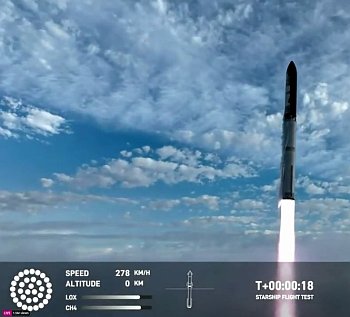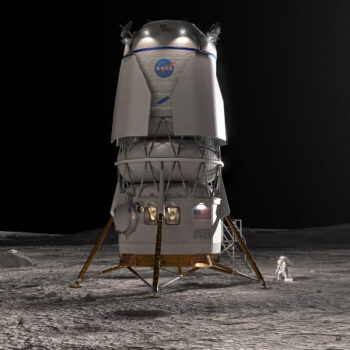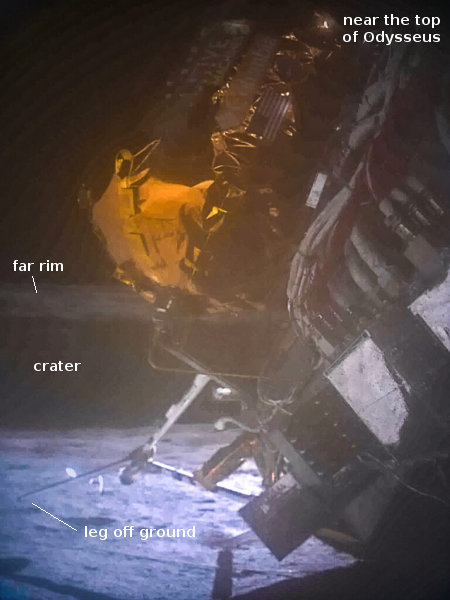TESS has resumed science operations
Engineers have successfully returned TESS to full science operations, without providing as yet any explanaton as to why on April 8, 2024 it went into safe mode or what they did to fix the issue.
The Aprill 11 press release announcing the safe mode had only mentioned that the shut down had occurred “during scheduled engineering activities.” The lack of information continues to suggest that someone did an “Oops!” during those activities, and NASA is too embarassed to reveal that fact.
Engineers have successfully returned TESS to full science operations, without providing as yet any explanaton as to why on April 8, 2024 it went into safe mode or what they did to fix the issue.
The Aprill 11 press release announcing the safe mode had only mentioned that the shut down had occurred “during scheduled engineering activities.” The lack of information continues to suggest that someone did an “Oops!” during those activities, and NASA is too embarassed to reveal that fact.




